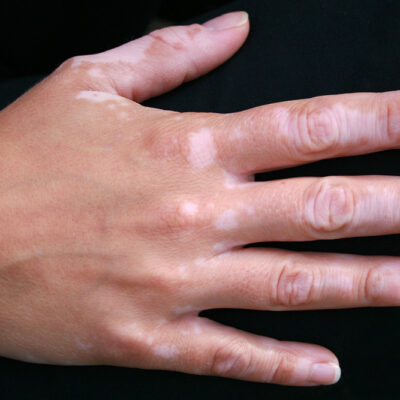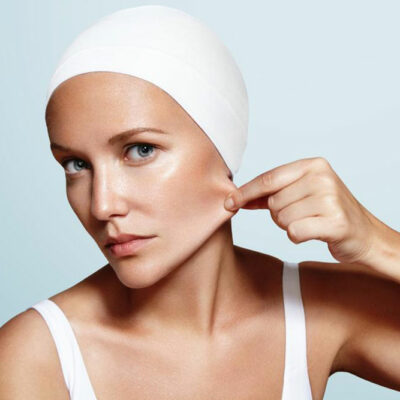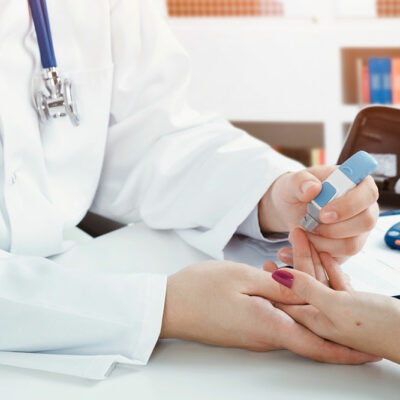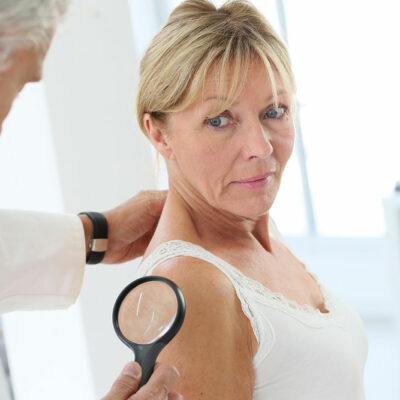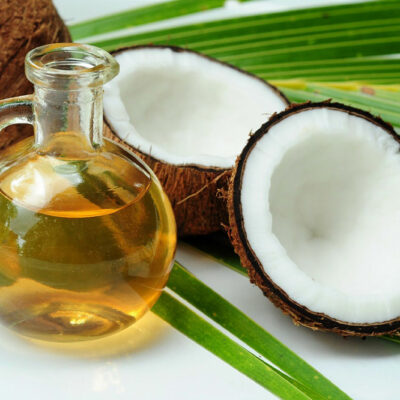
Diseases & Conditions
5 home remedies for dry eyes
When the tear ducts in the eyes do not produce enough lubrication due to some internal or external factors, it often causes dry eyes. The symptoms of dry eyes include redness in the eyes, itching, inflammation, and discomfort. After any other underlying medical causes have been ruled out, one can try home remedies to reduce the symptoms of dry eyes. Some common home remedies for the condition are described as follows. Drink more water Drinking more water throughout the day can help prevent a wide range of health issues. It is important to drink at least 8-12 glasses of water throughout the day instead of chugging a lot of water in one go. Having dry eyes is a common sign of dehydration in the body. Drinking more water every day will ensure that one has enough water in the body for the eyes to remain lubricated at all times. This can help in reducing dryness in the eyes and offer more comfort. Eat natural fatty acids It has been observed that omega-3 fatty acids can largely help in reducing the symptoms of dry eyes. Thus, if one has been experiencing dryness in the eyes, they can add more fatty foods to their meals.




